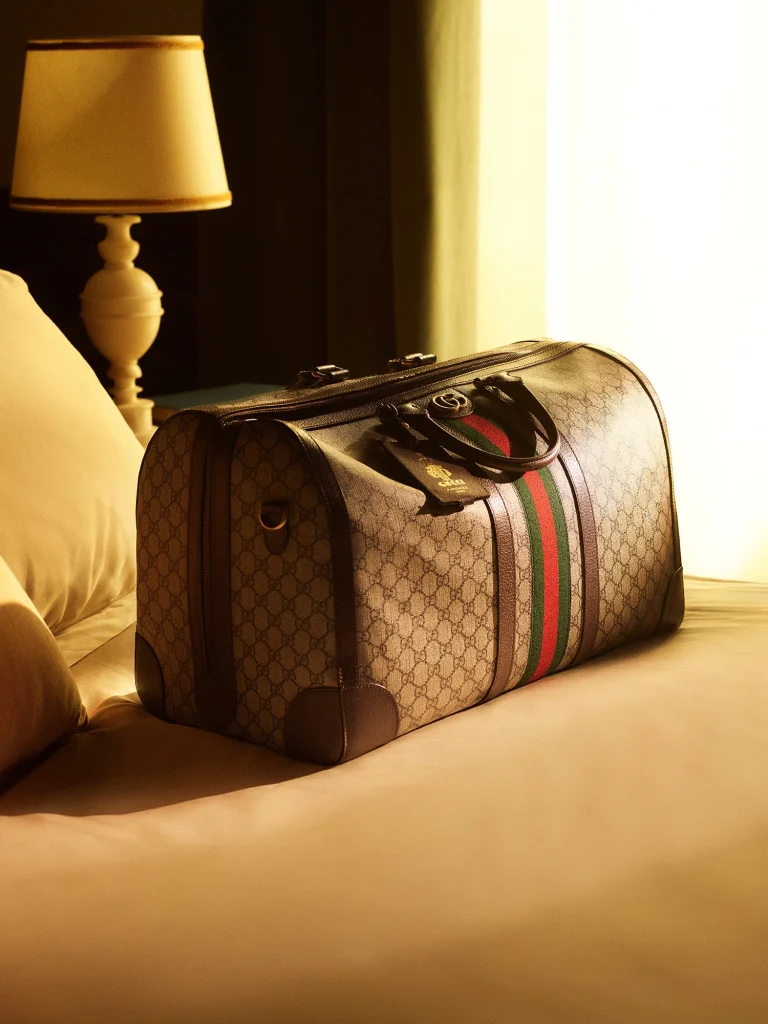How to Spot a Fake copyright: What You Need to Know
How to Spot a Fake copyright: What You Need to Know
Blog Article
copyright, a name synonymous with luxurious and exclusivity, has continued to dominate the world wide fashion industry for decades. With costs often running into tens and thousands of dollars, the appeal of owning copyright pieces becomes a far-reaching dream for many. Enter fake copyright items—cheaper alternatives that maintain to copy the true luxury brand's design and appeal. But is getting imitation copyright really worth it?
The Cost Attraction of Reproductions
One of the very powerful fights for getting reproduction copyright items is their cost. While a traditional copyright purse may possibly set you back up to $2,000, a replica might cost as low as $50 to $300. For shoppers on a limited budget, the purchase price comparison is without question attractive. In accordance with a written report by the Organisation for Economic Co-operation and Growth (OECD), fake things, including replicas of custom manufacturers, accounted for 3.3% of global trade in 2019—proof of steady need driven by lower prices.
However, as the transparent financial savings appear substantial, the entire cost-benefit ratio may not necessarily suggestion in support of replicas.

Quality Considerations
Genuine copyright products and services offer exemplary quality, premium products, and thorough awareness of detail. These features lead for their large cost place and longevity. On another give, most replicas crash to meet up these standards. Buyers usually discover that replica goods start to breakdown following a short period. Strings unravel, electronics tarnishes, and replica leather peels—making consumers with a short-lived purchase that lacks the real sense and longevity of the true thing.
Bogus Statistics in the fashion industry from the Global Brand Association (INTA) further demonstrate this quality discrepancy. Research reveals that almost 75% of buyers of bogus goods stated unhappiness with the performance and build of the purchased items.
Moral Implications
Reproductions have honest dilemmas as well. copyright itself has been vocal in regards to the negative impact copyright things have on the style industry. Counterfeiting contributes to billions of dollars in failures for brands annually and influences the livelihoods of builders, developers, and employees. Additionally, the manufacturing of copyright goods often occurs in unregulated factories, increasing considerations about poor work situations and environmental pollution.

Resale Value and Sustainability
Unlike authentic copyright parts, that may retain as well as upsurge in price through the years, reproductions maintain number resale worth. Buying a real bit could be viewed an expense in equally model and economic value, while replicas typically find their way in to landfills, contributing to the growing dilemma of fast style waste.
Final Ideas
While the cost of replica copyright items may be seductive, the trade-offs in quality, ethics, and sustainability are significant. Real copyright pieces promise a long-lasting investment, a feeling of exclusivity, and position with ethical generation chains. For most shoppers, keeping for the real deal or discovering pre-owned luxurious areas will be the greater choice.
Report this page